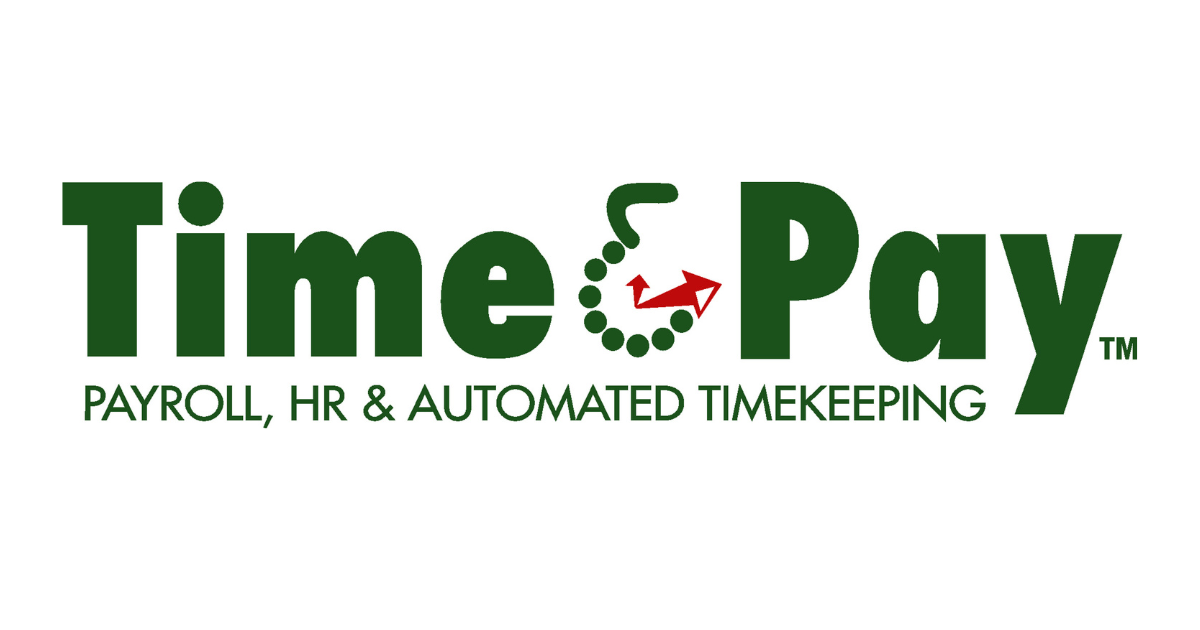What’s New?
On January 10th, 2024 the Department of Labor announced a final rule that will be used when determining whether a worker should be classified as an employee or independent contractor. The new rule will replace the previous rule established in 2021, and is set to go into effect on March 11th, 2024.
What is the New Rule?
The new rule restores a standard of analysis that helps ensure that all relevant factors are considered when determining how a worker should be classified. There are six primary factors that guide the analysis of the worker / employer relationship:
Factor 1: Opportunity for Profit / Loss
Does the worker have the opportunity for profit or loss based on their success or failure? If no, then this factor would suggest that the worker is an employee.
Factor 2: Investments by Worker and Employer
Are a worker’s investments (tools, insurance, etc.) in their work entrepreneurial in nature, and allow them to work independently? If no, then this factor would suggest that the worker is an employee.
Factor 3: Degree of Permanence of the Relationship
How permanent is the work relationship between worker and employer? If sporadic or project-based, then this factor could suggest the worker could be an independent contractor.
Factor 4: Nature and Degree of Control
Does the employer have control over the worker in regards to performance of the work, schedule, supervision, pricing of services, etc.? If yes, then this factor would suggest that the worker is an employee.
Factor 5: Work Integral to the Employer’s Business
Is the work performed an integral part of the employer’s business? If yes, then this factor would suggest that the worker is an employee.
Factor 6: Skill and Initiative
Does the worker bring specialized skills to the work relationship, and not dependent on the employer for training? If yes, then this factor could suggest that the worker is an independent contractor.
In addition to these 6 factors, the IRS has a 20 factor test employers can use to determine if their worker needs to be classified as an employee or independent contractor.
Why is this Important?
The IRS continues to invest more and more time and resources into enforcing FLSA compliance, especially as it relates to misclassification of employee vs. independent contractor. Fines associated with non-compliance can be devastating to a business, so it is important to analyze each working relationship in order to avoid having to pay back-taxes, penalties, and interest.
How Does Time & Pay Help?
While we do not help determine employment status, our clients receive free consultations through SESCO HR Management. SESCO will look at all factors, and help you determine whether or not your worker should be classified as an employee or independent contractor. Contact us today to learn more!
Contact Us
We will get back to you as soon as possible.
Please try again later.




